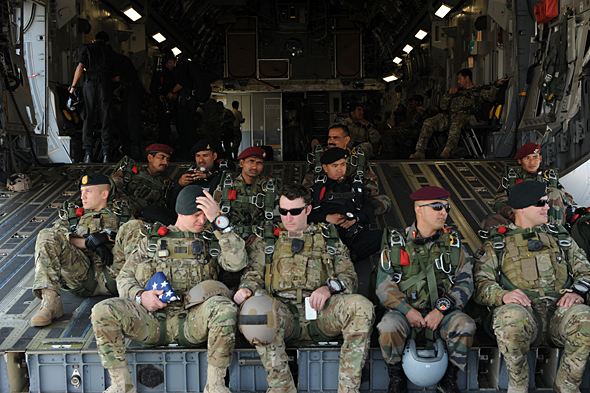India possesses a large number and variety of elite units. Some of these belong to the Home Ministry, such as the National Security Guards (NSG), which focuses almost exclusively on counter-terrorism operations, while others fall under the tutelage of the Ministry of Defense. To add to the confusion, some units occasionally qualified as special operations forces in India, such as the Army Ghatak platoons, are not really special operations forces as the term is commonly understood.
For the purposes of this discussion, I focused primarily on the units most likely to play a role in the event of a Sino-Indian border conflict — the special operations forces-qualified elements of the army’s Para Commando battalions and, to a lesser extent, the Indian Air Force’s relatively newly formed Garud unit. At the time of writing, the Army possessed eight battalions of special operators, with plans for future expansion, as well as five battalions (or a brigade) of airborne paratroopers. Each battalion is nominally pegged at approximately 700 men, but many units are reportedly undermanned, under equipped, and suffering from a 30 percent officer shortfall. The Garud, which were formed in 2003, currently comprise about 1000 troops. Their numbers were slated to double in reaction to the attacks on Pathankot airbase in early 2016. While the Navy’s special operations component — the Marine Commando Force (MARCOS) — has been stationed in small numbers at certain high-altitude lakes in Jammu and Kashmir, their role in a border conflict with China would be minimal at best.
Read the rest at War on the Rocks.
Photo Credit: Airman 1st Class Stephen G. Eigel










COMMENTS
You must become a subscriber or login to view or post comments on this article.